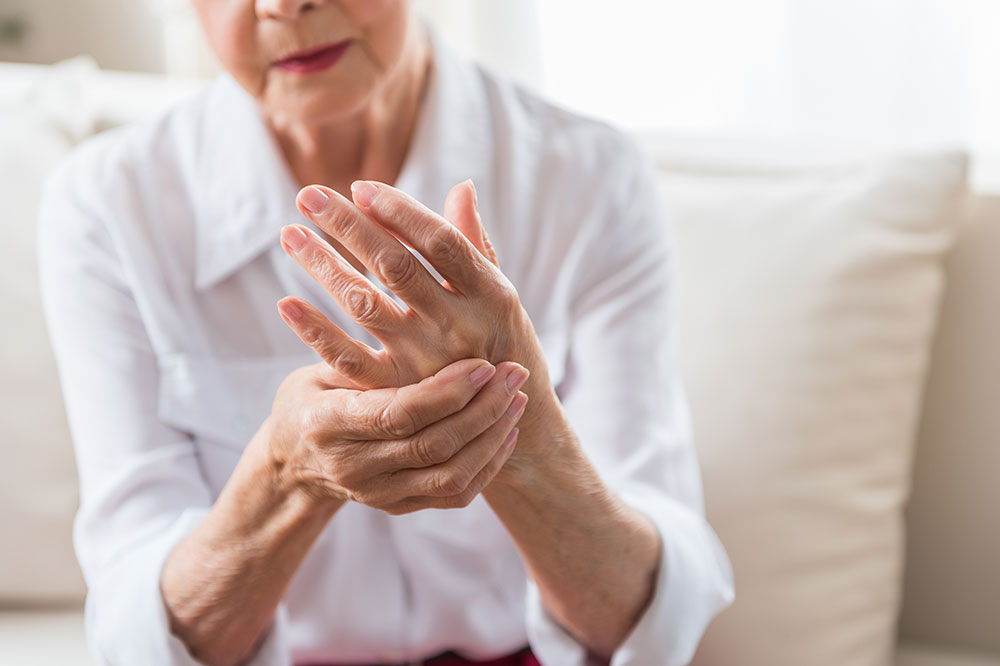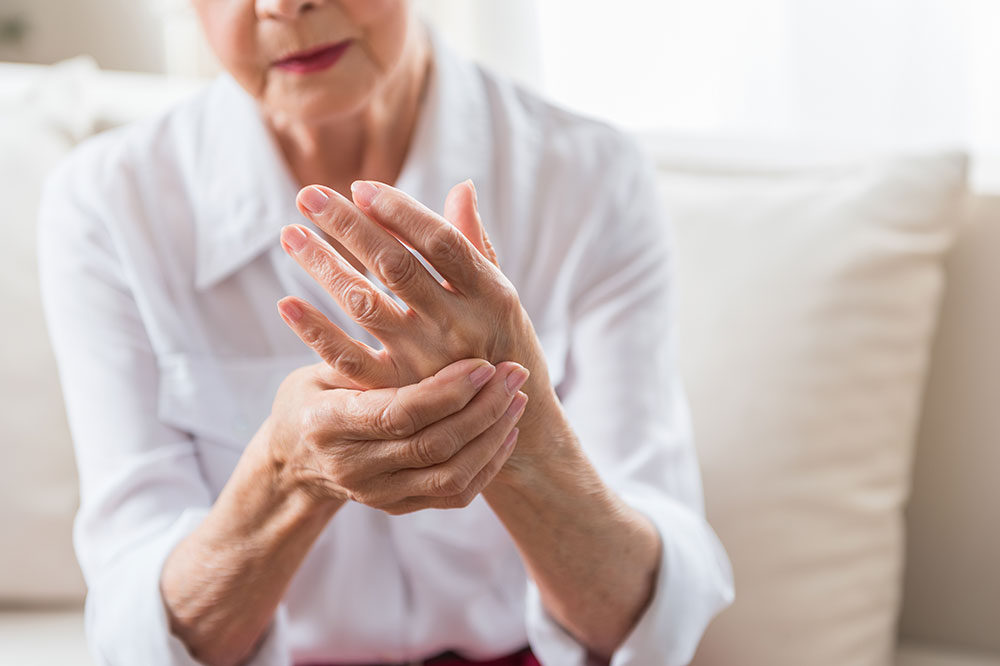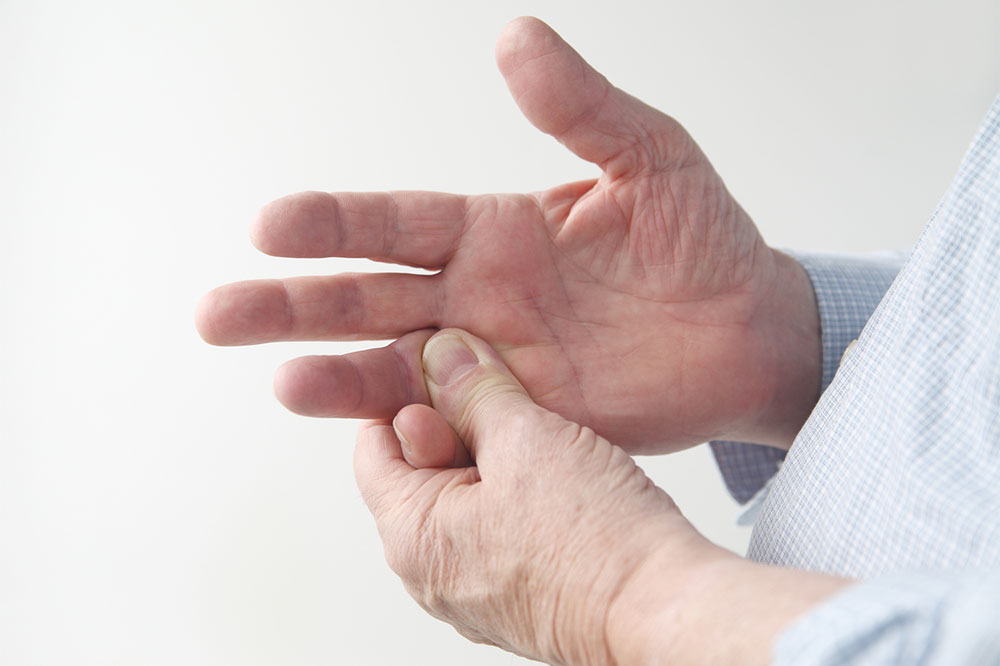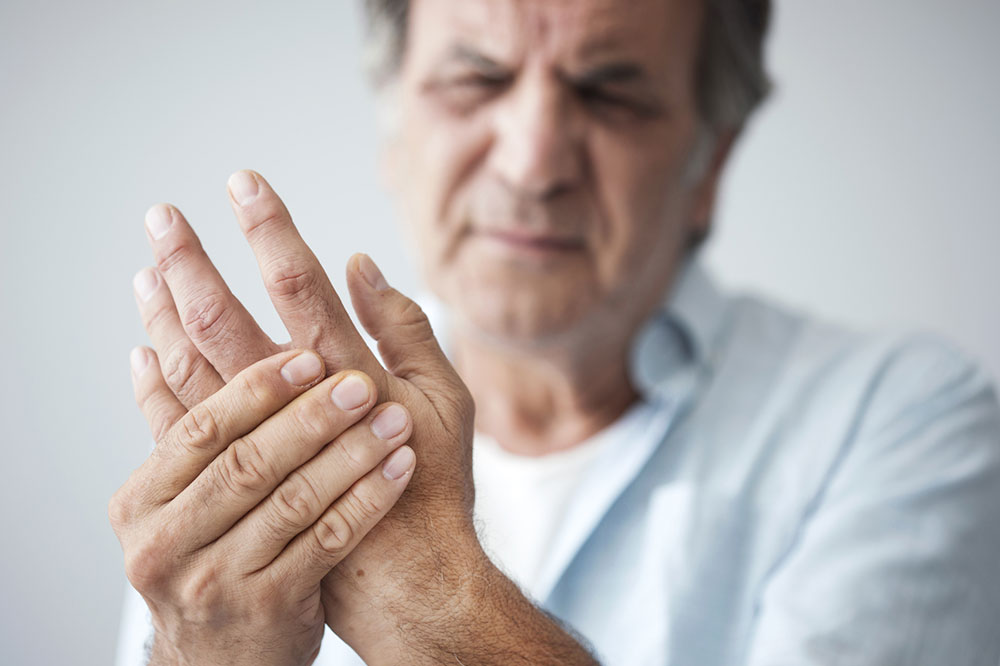Understanding Common Joint Disorders: Symptoms, Causes, and Risk Factors
This article offers a comprehensive overview of common joint disorders, including symptoms, causes, and risk factors. It emphasizes the importance of early detection and preventive measures to maintain joint health. Understanding these factors can help individuals adopt healthier lifestyles and seek appropriate medical advice, reducing the impact of joint conditions on everyday life.
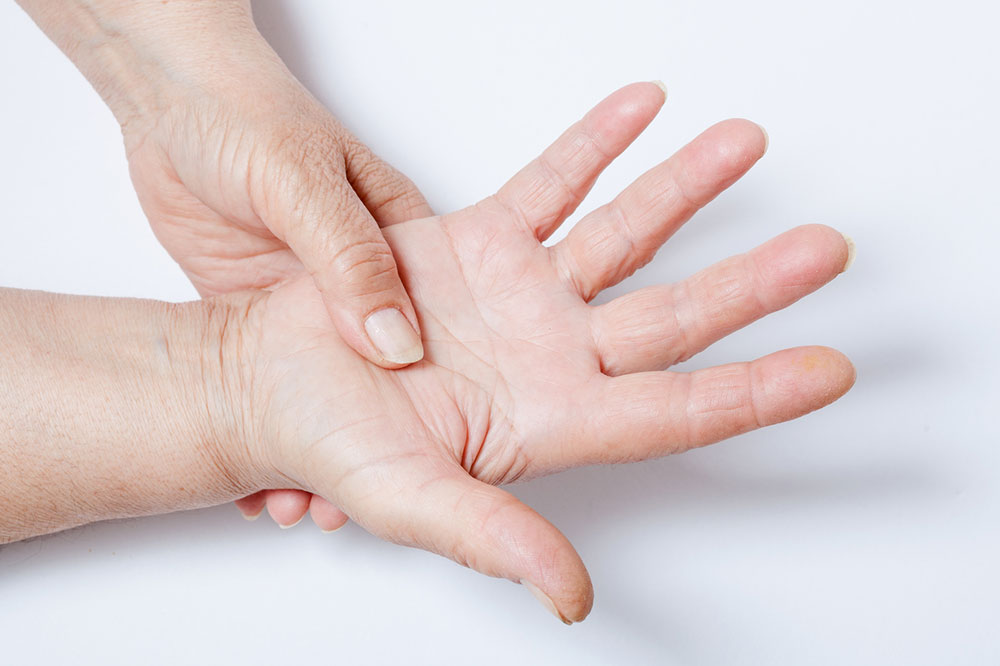
Understanding Common Joint Disorders: Symptoms, Causes, and Risk Factors
Joint ailments are often linked to aging but can also result from trauma or other health issues that impact bone and joint integrity. Arthritis, a prevalent joint condition, encompasses over 200 different types. The severity of these disorders can influence a person's daily life and mobility.
Explore the signs, underlying causes, and factors that elevate the risk of developing joint problems.
Signs of Joint Disorders
The most common symptoms include:
Stiffness in the joints
Weakness or instability in affected areas
Swelling, redness, and inflammation
Pain leading to limping or difficulty walking
Joints locking or catching
Cartilage tearing or deterioration
Major Joint Disorders and Their Causes
Osteoarthritis
Characterized by cartilage breakdown due to aging or wear and tear. This damages the cushioning between bones, allowing them to rub against each other, causing pain and reduced movement. It typically affects hips, knees, hands, and the lower back.
Rheumatoid Arthritis
An autoimmune condition where the immune system attacks healthy joint tissues, leading to inflammation, deformity, and bone erosion. It may also affect other organs such as eyes and lungs.
Risk Factors for Joint Disorders
Excess weight
Carrying extra pounds puts additional pressure on joints, especially the hips, knees, and spine. Maintaining a healthy weight through diet and exercise lowers risk.
History of joint injuries
Previous injuries can predispose joints to future problems. Proper care and rehabilitation are essential for recovery and prevention.
Age
As we age, bones and cartilage weaken, increasing susceptibility to joint issues.
Family history
Genetic predisposition can influence joint health, making regular checkups and lifestyle adjustments important for at-risk individuals.
Understanding the symptoms, causes, and risk factors helps in adopting preventive strategies to maintain healthy joints. Always consult healthcare professionals for personalized advice and treatment options.


